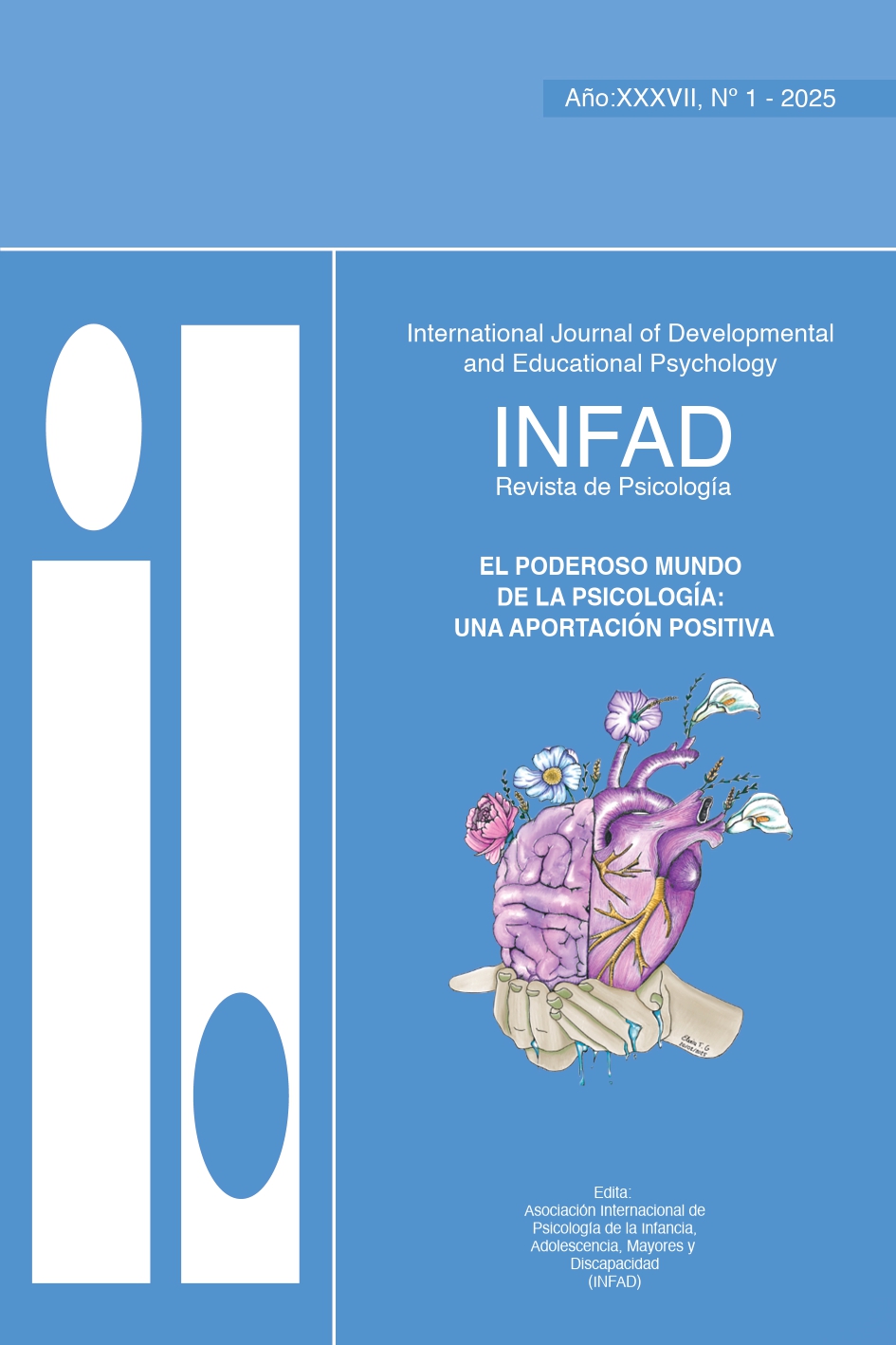The family as an agent of peace: its role in education for coexistence
Main Article Content
Abstract
Within the framework of building inclusive and democratic educational environments, working with families is essential to consolidating a genuine culture of peace in society. This research presents a work proposal aimed at families, with the objective of strengthening their skills to educate through respect, dialogue, and the peaceful transformation of conflicts. This proposal is based on the principle that peace is built from daily practices, and that the family constitutes a privileged space for emotional and social learning. It is based on the idea —expressed in the Seville Statement on Violence (1986)— that people are beings of peace and that violence is a learned behavior; therefore, it is possible to replace violent models through learning and the implementation of practices oriented towards peace. To achieve this, a participatory methodology is proposed, based on workshops, dialogue circles, and shared reflection spaces with families and educational communities. In these spaces, topics such as non-violent communication and the constructive management of disagreements will be addressed. The plan also promotes the recognition and development of socio-emotional competencies —such as empathy, active listening, and cooperation— and proposes strategies to apply at home, including family agreements, coexistence routines, peace circles, cooperative games, and the use of positive emotional language, among others. Furthermore, the aim is to strengthen the alliance between school and family, understanding that a coherent education between both spaces is key to forming citizens committed to values such as justice, equity, and peace. By positioning families as protagonists and empowering them in their educational role, a transformation from the ground up is promoted, contributing to collective well-being and the development of responsible, respectful, and supportive citizenship.
Article Details
Section

This work is licensed under a Creative Commons Attribution-NonCommercial-NoDerivatives 4.0 International License.
Attribution — You must give appropriate credit, provide a link to the license, and indicate if changes were made. You may do so in any reasonable manner, but not in any way that suggests the licensor endorses you or your use.
NonCommercial — You may not use the material for commercial purposes.
NoDerivatives — If you remix, transform, or build upon the material, you may not distribute the modified material.

This work is licensed under a Creative Commons Attribution-NonCommercial-NoDerivatives 4.0 International License
How to Cite
References
Bardin, L. (2002). Análisis de contenido . Ediciones Akal.
Baumrind, D. (1991). The influence of parenting style on adolescent competence and substance use. The Journal of Early Adolescence, 11 (1), 56–95. https://doi.org/10.1177/0272431691111004
Bisquerra, R. (2011). Educación emocional y bienestar . Praxis.
Bronfenbrenner, U. (1979). La ecología del desarrollo humano . Paidós.
Denzin, N. K., y Lincoln, Y. S. (2011). The Sage handbook of qualitative research (4th ed.). SAGE Publications.
Epstein, J. L. (2001). School, family, and community partnerships: Preparing educators and improving schools. Westview Press.
Epstein, J. L. (2019). Theory to practice: School and family partnerships lead to school improvement and student success. En J. L. Epstein y asociados (Eds.), School, family and community interaction (pp. 39–52). Routledge.
Ferrándiz, C., y Prieto, M. D. (2020). Relaciones familia-escuela: claves para una colaboración efectiva . Narcea.
Fundación Cultura de Paz. (2000). El Manifiesto de Sevilla sobre la violencia. http://www.fund-culturadepaz.org/spa/DOCUMENTOS/Manifiesto_Sevilla.pdf
Freire, P. (1996). Pedagogía de la autonomía: Saberes necesarios para la práctica educativa . Siglo XXI Editores.
Galtung, J. (1996). Peace by peaceful means: Peace and conflict, development and civilization . SAGE Publications.
González, M. (2021). Educar sin culpa: La crianza consciente para una infancia feliz. Editorial Diana.
Harris, I. M., y Morrison, M. L. (2012). Peace education (3rd ed.). McFarland & Company.
Jares, X. (2001). Educar para la paz en el siglo XXI . Editorial Graó.
Kemmis, S., y McTaggart, R. (1988). The Action Research Planner . Deakin University Press.
Opertti, R. (2021). Ten clues for rethinking curriculum . UNESCO/IBE.
Pérez-Escoda, N., y Filella, G. (2021). Competencias socioemocionales para la transformación social y educativa. Narcea.
Rodríguez-Rodríguez, J., y Reguant-Álvarez, M. (2020). Calcular la fiabilidad de un cuestionario o escala mediante el SPSS: el coeficiente alfa de Cronbach . REIRE Revista d’Innovació i Recerca en Educació, 13(2), 1–13. https://doi.org/10.1344/reire2020.13.230048
Rosenberg, M. B. (2003). Comunicación no violenta: un lenguaje de vida . Editorial Gran Aldea.
UNESCO. (1999). Declaración y Programa de Acción sobre una Cultura de Paz. https://unesdoc.unesco.org/ark:/48223/pf0000127897
UNESCO. (2015). Marco de acción Educación 2030: Hacia una educación inclusiva y equitativa de calidad y un aprendizaje a lo largo de la vida para todos. https://unesdoc.unesco.org/ark:/48223/pf0000245656
UNICEF. (2009). La familia en la educación para la paz y la convivencia. Fondo de las Naciones Unidas para la Infancia.

